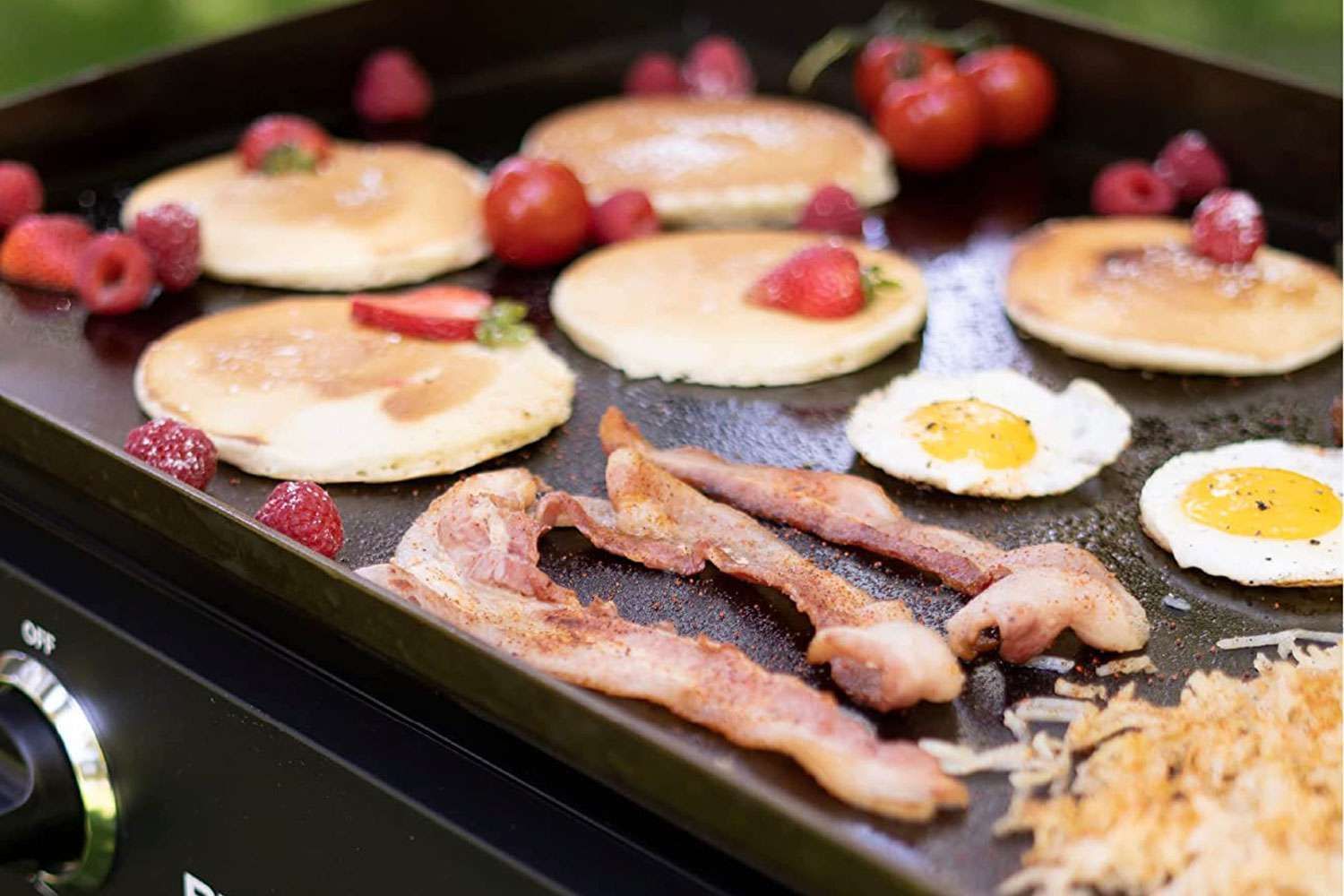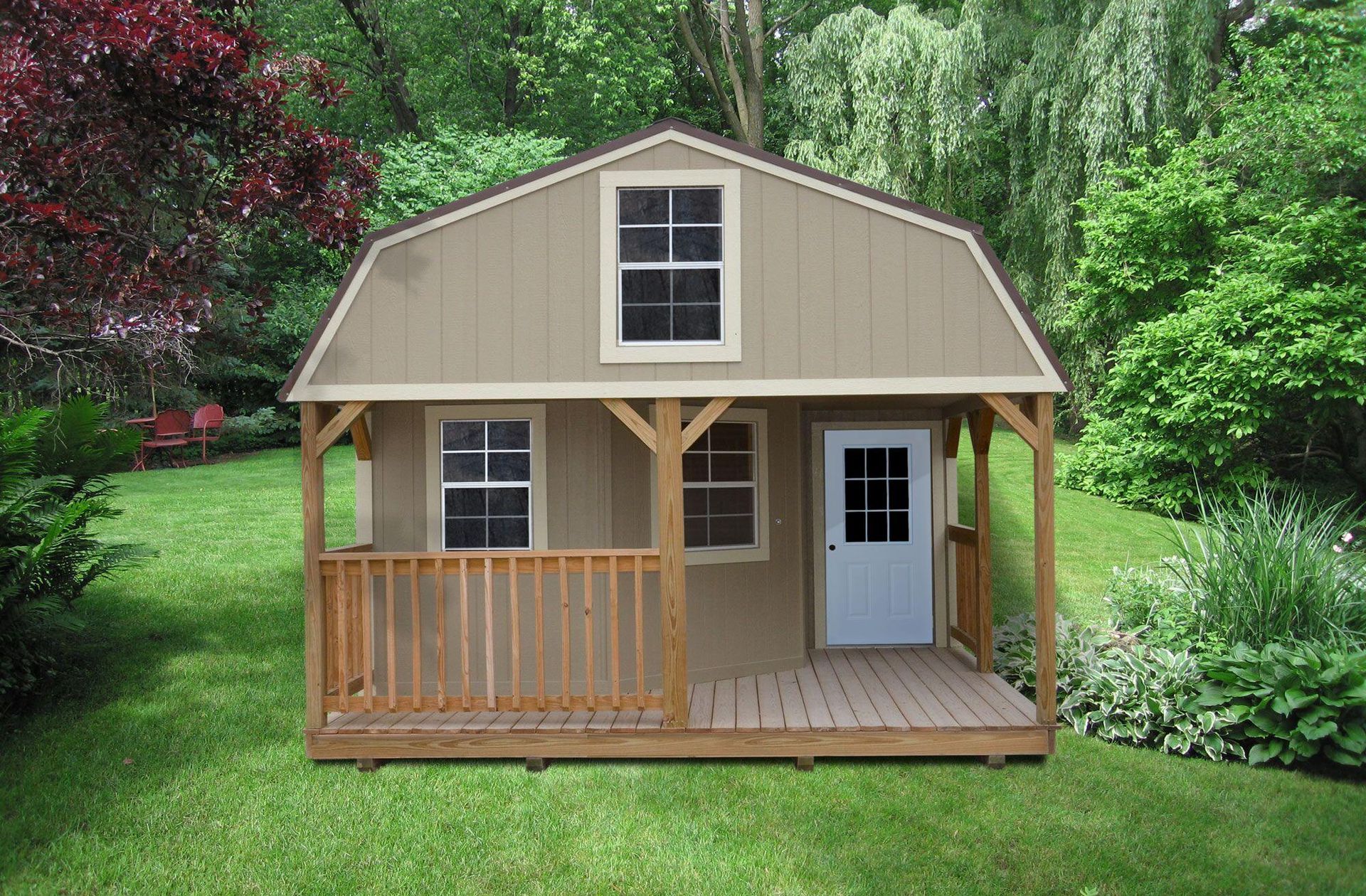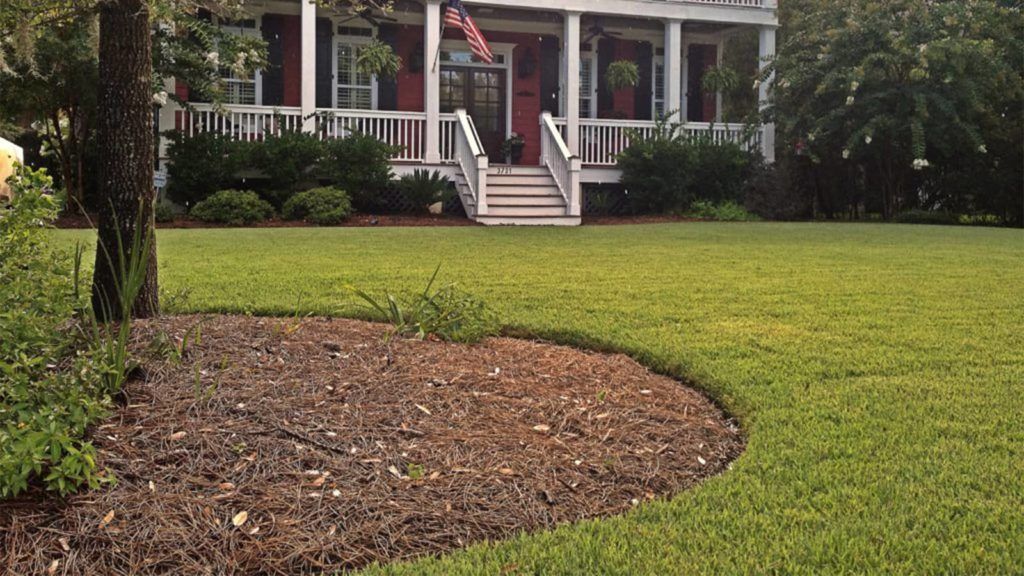BENEFITS OF NATIVE PLANTS FOR THE ENVIRONMENT
Native plants are currently popular, but their benefits go beyond just a trend. These plants have evolved to thrive in specific conditions, helping attract local pollinators and create a unique and sustainable yard that requires less water, pesticides, and fertilizers compared to non-native species. By planting native plants, you are not only enhancing the beauty of your landscape but also supporting the ecosystem and promoting biodiversity in your area.
Decoding "Native": Plant Terminology Explained
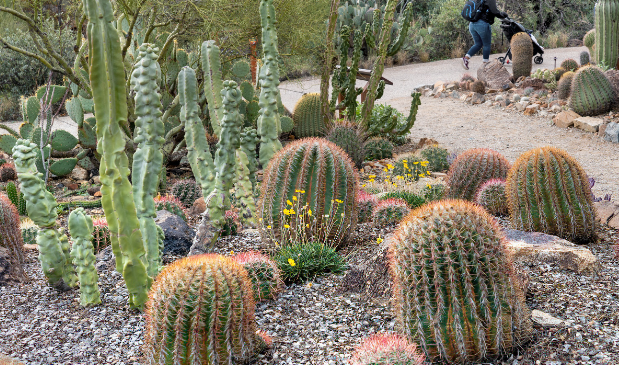
Native plants are plants that naturally occur and have adapted to the specific environment of a given region. The types of native plants vary from place to place: in the Southwest, native plants are often drought-tolerant like succulents and cacti, while the Midwest boasts prairie flora such as tall grasses and wildflowers. It's important to note that native plants can vary even within a state, as they are dictated by region rather than state boundaries.
The Benefits of Native Plants for the Environment

Native plants have evolved to thrive in their specific environments, making them essential contributors to the local ecosystem. These plants provide crucial nutrients like pollen and nectar for native bees, butterflies, and birds, while also offering shelter for a variety of local wildlife. Given the current decline in butterfly and bee populations, the widespread popularity of these pollinator-friendly plants among homeowners and landscapers is not surprising. Increasing the presence of native plants will play a critical role in ensuring these vital pollinators have the necessary resources to survive and thrive.
How to Identify Native Plants
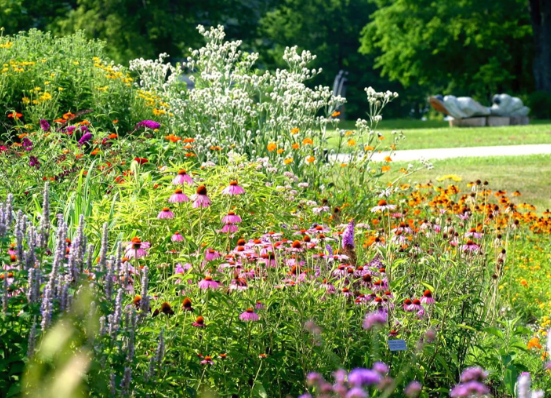
To begin, identify your plant hardiness zone using the USDA Plant Hardiness Zone Map to understand the climate conditions of your region. Plants adapted to specific climates will thrive, so it is crucial to select species native to your area. Consider factors such as the amount of sunlight and water your yard receives to make informed plant choices. If water conservation is a concern, opt for drought-tolerant species, while selecting full-sun plants for sun-drenched areas. Different zones in your yard may vary in sunlight exposure, so plan accordingly. For those aiming to attract native pollinators, consult your local garden center for guidance on plant varieties beneficial to pollinators, such as milkweed for its pollen-rich flowers. Selecting the right plants tailored to your region and garden conditions will promote a healthy and thriving landscape.
Maximizing the Benefits of Native Plants in Your Garden
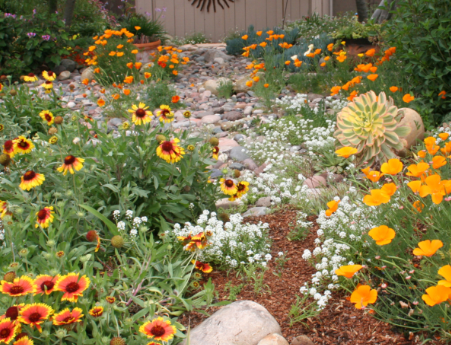
Gardening with native plants offers a customizable approach based on your landscaping goals. For a more natural and low-maintenance alternative to traditional turf grass, consider using native grasses and ground cover plants. These can also add color and texture as perimeter plants. If you have limited space or cannot make extensive changes to your yard, native plants can thrive in planter boxes and still support local pollinators. Regardless of your goals or yard size, incorporating native plants can enhance the beauty of your landscape while benefiting the environment.
For more lawn tips and tricks click here or give us a call at 580-886-2345 for more information on what lawn equipment is best for your lawn!!
Contact
Contact Us
We will get back to you as soon as possible.
Please try again later.
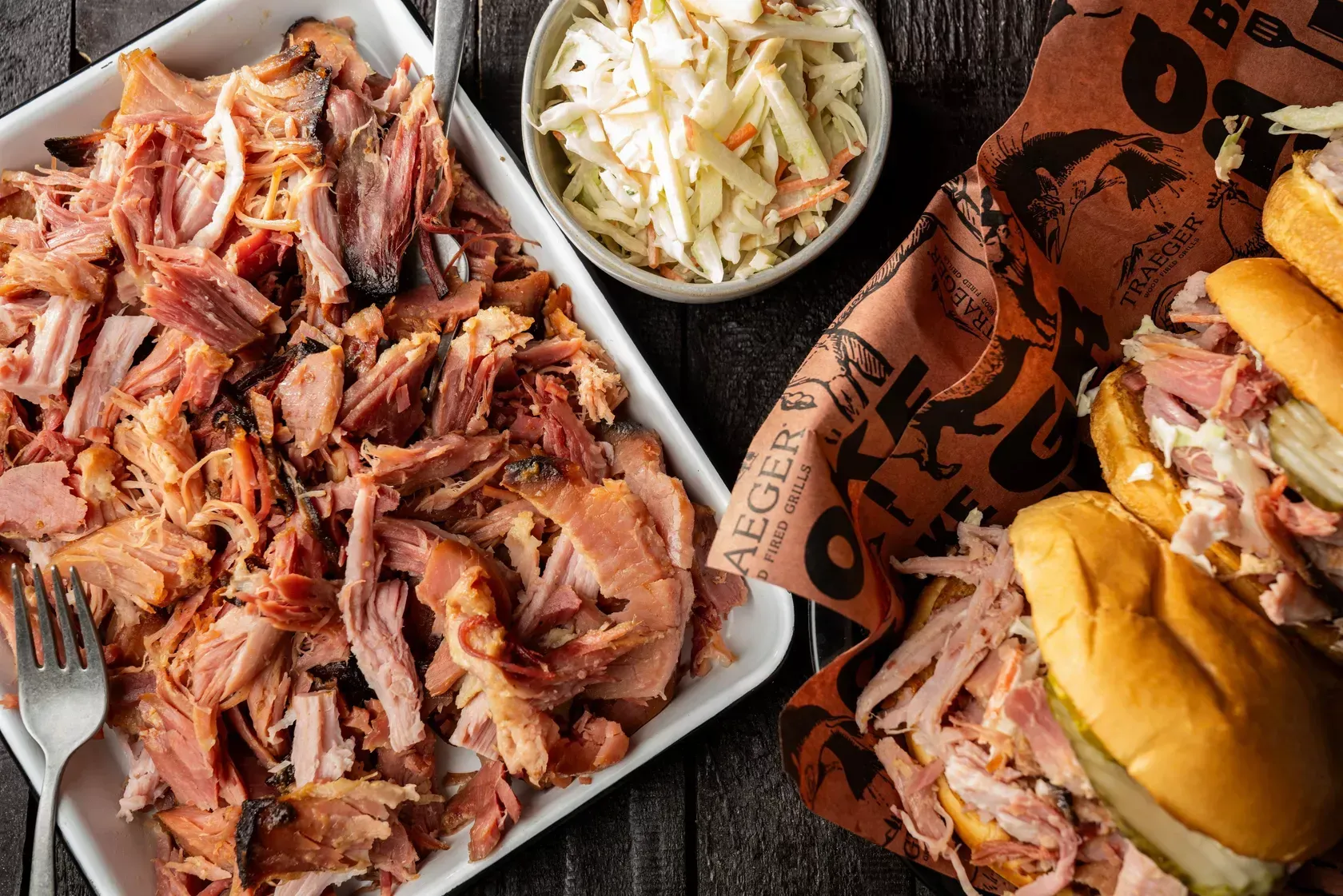




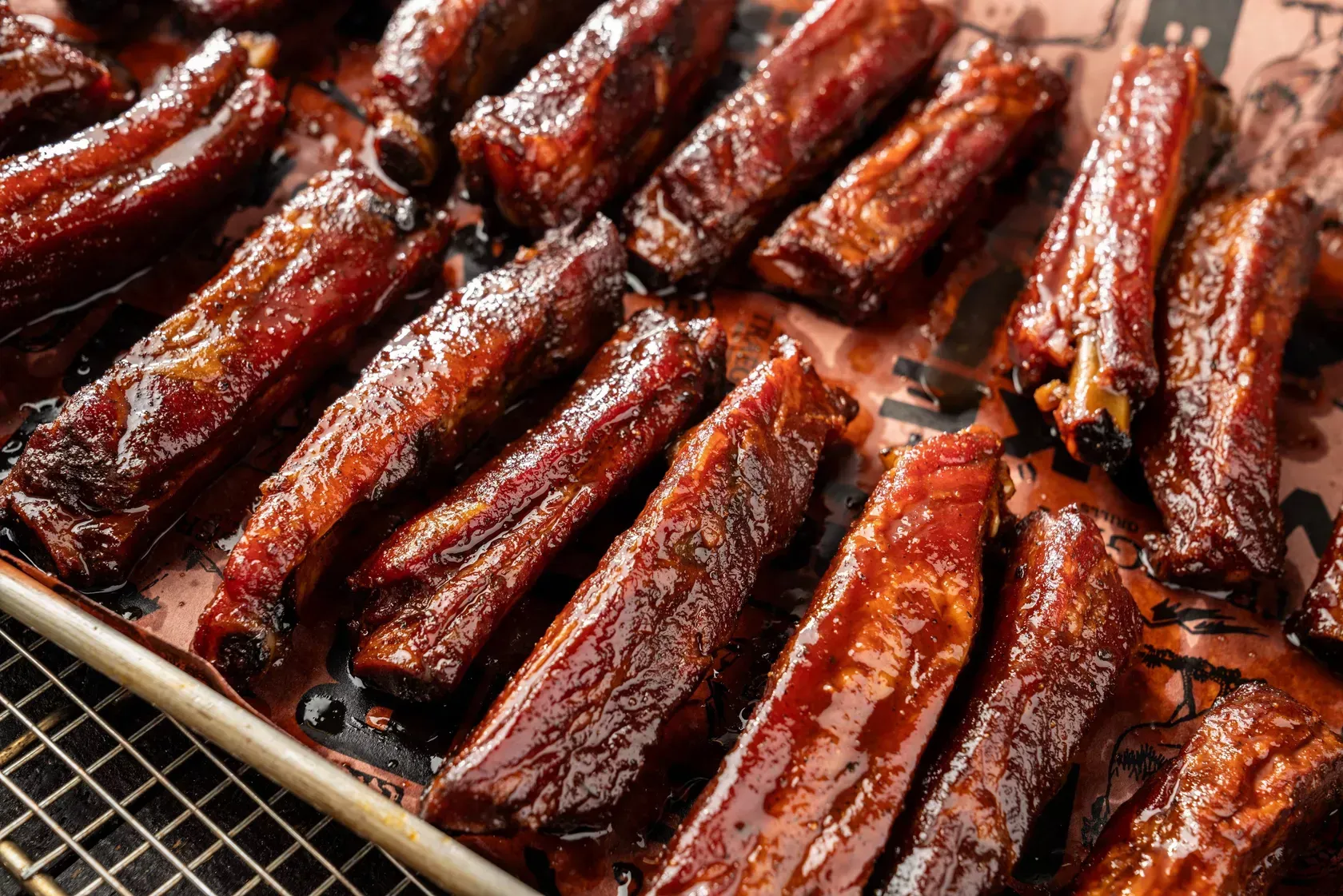
580-886-2345
info@mowersok.com
Woodward, Weatherford,
Fairview, and Canton
Oklahoma
All Rights Reserved | M&D Enterprises





